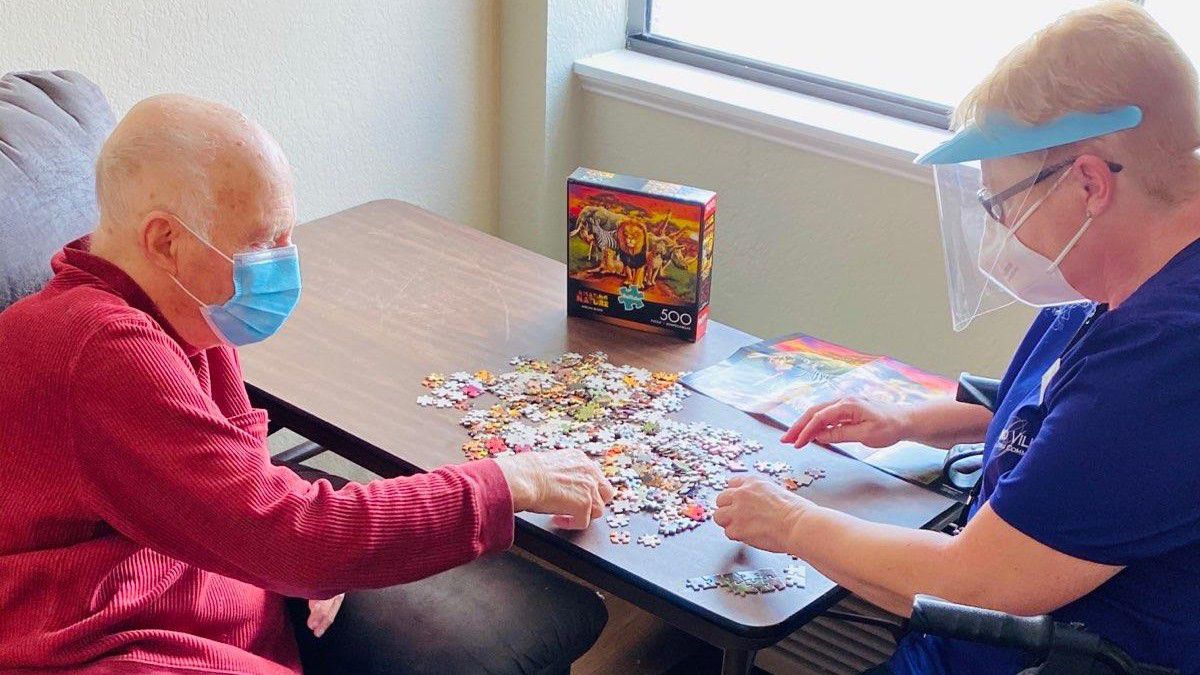Nearly a month ago, state lawmakers grilled New York Health Commissioner Howard Zucker for hours on the state's handling of the pandemic in nursing homes and long-term care facilities.
Despite the hours in the hot seat, Republicans and Democrats alike came away less than satisfied with some of Zucker's answers. They sent his office 18 follow-up questions on the nursing home issue.
The questions include how residents are being tested to the distribution of personal protective equipment. And lawmakers wanted to be given the raw data that went into the compilation of a report released by the Department of Health in July that blamed asymptomatic staff and guests for spreading the virus in the facilities in March.
As of now, that information being sought by lawmakers is yet to be released.
It goes beyond the Legislature, too: Bill Hammond, a health policy researcher at The Empire Center, a fiscally conservative think tank, filed a records access request to get a better idea of how many residents of nursing homes and long-term care facilities died in hospitals. In a widely shared blog post this week, Hammond said the request was put off until November.
State officials and researchers alike are pushing for a fuller understanding of what happened in New York nursing homes during this pandemic, but feel stymied by the response.
"The family members need to know what the numbers are, because they need closure," said State Sen. Jim Tedisco, a Republican who represents the Clifton Park area and has called for an independent investigatory body to be created and review the nursing home issue. "They deserve to know the numbers."
The Department of Health, in a statement to Spectrum News on Thursday, said the answers for lawmakers are still being worked on; the Freedom of Information Law request from Hammond is going through the usual channels.
“Dr. Zucker testified and was questioned by the legislature for hours at the nursing home hearing last month," said spokeswoman Jill Montag.
"In addition to the questions he answered that day, legislators submitted more questions and we are still finalizing our responses. While the general public doesn’t have the same pulpit as Mr. Hammond, he shouldn't expect special treatment as his FOIL requests are handled in the same way as the more than one thousand other submissions. As previously stated, the department is completing a diligent review and search of all data in order to be responsive to his request and all others, which incidentally is more than twice the usual volume."
New York began to report deaths of nursing home residents in April, in addition to the overall daily death toll from the virus. And the state has adjusted to what has been the uncertainty surrounding the pandemic.
Officials banned asymptomatic staffers from working in nursing homes in April, and days later altered a much-criticized order that required the facilities to take in COVID-19-positive patients discharged from hospitals.
But the opacity in New York state government, which even on the sunniest of days can be partly cloudy, has frustrated legislators.
"This is not a gotcha moment for the governor," said Assemblyman Ron Kim, a Democrat from Queens. "We want to work. We want the governor to be as successful as possible in dealing with this COVID. In order to do that and prepare for a potential second wave, we need to see the entire picture. We need to know the truth."
Gov. Andrew Cuomo has accused critics of playing politics. On Thursday, President Donald Trump, in a series of tweets, called for the governor's "puppet New York prosecutors" to investigate nursing home deaths. The governor does not appoint prosecutors or the attorney general in New York; they are seaprately elected.
Cuomo, in a conference call, fired back at the president, blasting the federal response to the pandemic.
"It's not that New York didn't do a good job," Cuomo said. "COVID problem in New York was a function of the federal government's negligence."
Officially, New York says more than 6,500 nursing home residents have died of COVID-19. But the number does not include residents who died in hospitals.
Cuomo has said counting both residents in nursing homes and those who have died in hospitals could lead to an inaccurate double count.
Hammond, the Empire Center researcher, says the state has rationalized both numbers and can make them public.
"There's no significant difference from the point of view of privacy or anything else between a resident who dies in the home or dies in the hospital," he said. "Why you would withhold part of that data doesn't make any sense, and I don't think has any legal basis for it."



